Hydration is a spectrum
To maintain optimal hydration, it is essential to balance fluid and electrolyte intakes.

When the body loses an excess of water and fluids that prevents normal functioning, we call it dehydration. On the other hand, if we ingest too much water without replenishing electrolytes, we can dilute the amount of sodium in our blood. This condition is known as hyponatremia.
The correct balance between fluids and electrolytes is what will allow us to maintain optimal performance of our body during physical activity.
hDrop™ Sweat Zones
A new feature that allows you to understand your hydration in an easy and intuitive way during exercise. By glancing at your Garmin Watch or hDrop App, you can determine which sweat zone you are in and what actions to take.
How They Are Defined
We define your sweat zones based on your individual baseline. Your baseline is the average sodium concentration in your sweat during physical activity, and the hDrop automatically calculates it.
Genetic differences can cause variations in sweat volume and composition among individuals.
It is a tool to help you stay aware of your status, complement your hydration strategy, and be more prepared. It does not, in any case, replace the advice of a professional.
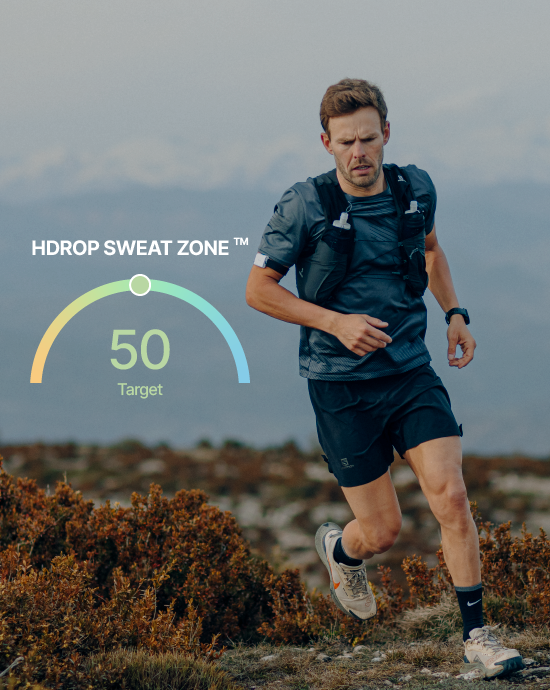
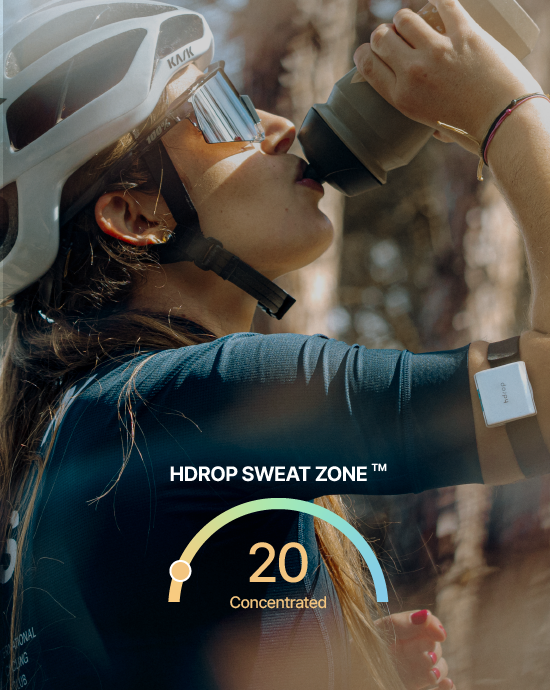
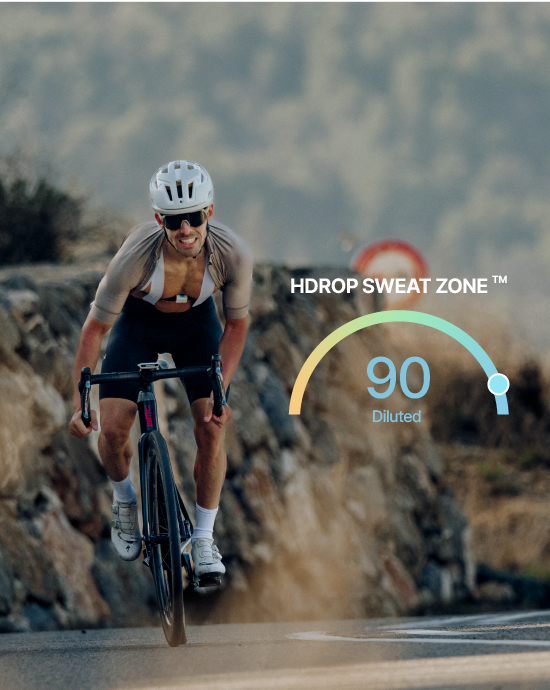
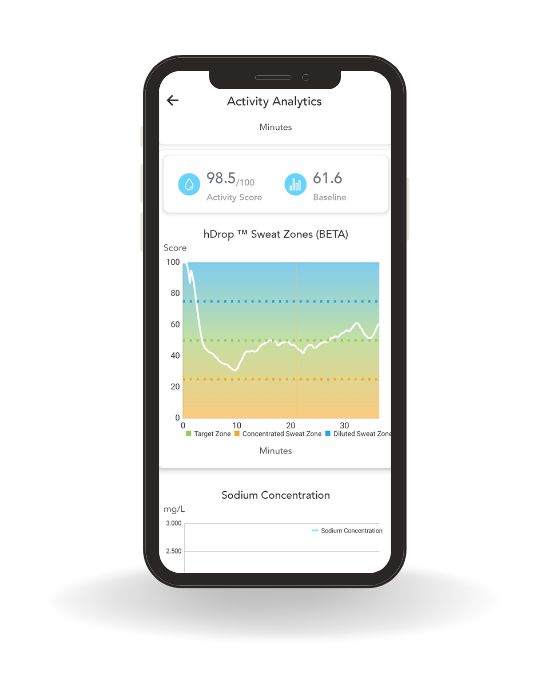

The 3 Sweat Zones

Concentrated Zone
This zone indicates that your sweat has less water and more salt. It could mean you might not be drinking enough plain water.

Target Zone
This is the zone where the concentration of salts and the volume of your sweat are balanced, indicating that your sweat levels are within your regular range.

Diluted Zone
This zone shows that your sweat has more water than usual. It suggest you might be drinking too much plain water, diluting the salts in your body and potentially needing more electrolytes.
Our Hypothesis and Science
hDrop can monitor small changes in your sweat composition by measuring the electrical resistance of your sweat,
enabling real-time tracking of changes. We have seen changes in sweat composition after fluid or electrolytes intakes, with the average reaction time being about 3 minutes. This allowed us to dig deeper into these occurrences and develop the new hDrop Sweat Zones. When you drink fluids, the body quickly begins to adjust its hydration status. The sweat glands respond by altering the rate of sweat production and the composition of the sweat. Specifically, an increase in hydration can lead to a reduction in the sodium concentration of sweat because the body reabsorbs sodium more efficiently when adequately hydrated. This change can affect the electrical resistance of the sweat due to variations in its ionic content.
Concentrated Zone
When we exercise, our body sweats to cool down, which is one of its main functions. Sweating helps regulate our temperature. But if we don’t have enough water in our body (which could lead to dehydration), it will prioritize keeping water for essential functions. So, during a heat stroke, our body stops sweating to conserve water for vital processes, causing our core body temperature to rise sharply. As a result, less water is excreted, leading to a higher concentration of sodium in our sweat.
This condition defines the CONCENTRATED zone.
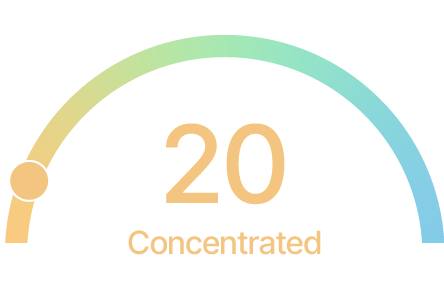
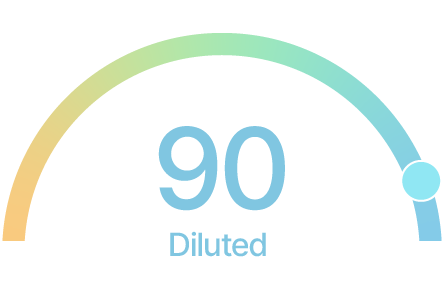
Diluted Zone
When our body has an excess of water, it aims to eliminate it through increased excretion, like sweating more and producing more urine. This excess water could lead to a condition called hyponatremia, where blood sodium levels are diluted due to excessive water intake. With more water being excreted, it dilutes the electrolyte concentration in sweat samples, which defines the DILUTED zone.
Hydrate smart,
perform better
Start monitoring your hydration today
HELP
Contact Us
Email: [email protected]
Instagram: @hdrop.tech
5017078167

ABOUT
hDrop Technologies Inc. is a United States based company founded in 2019. Address: 2400 Riverfront Drive, PB427, Little Rock, AR, 72202
© 2024 hDrop Technologies Inc. All Rights Reserved.
